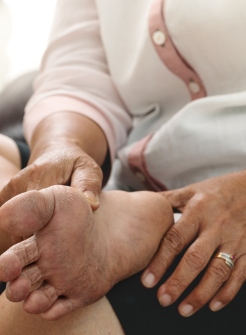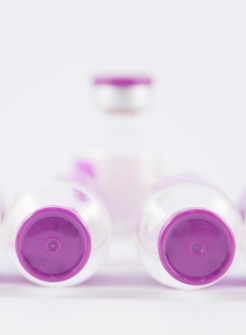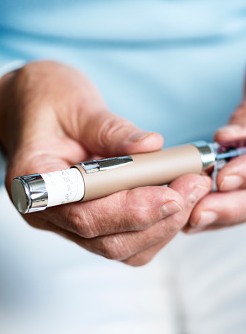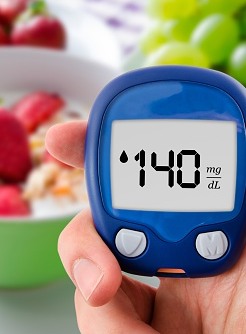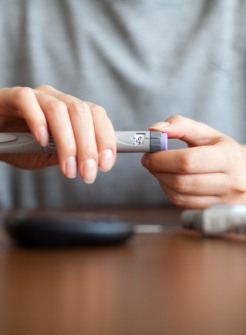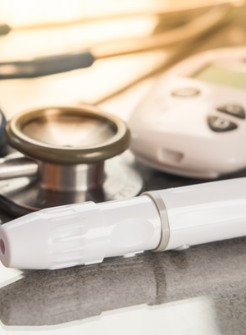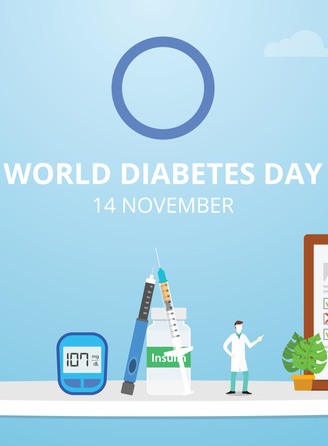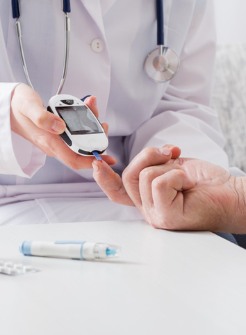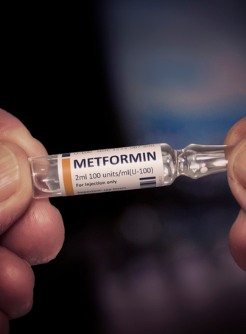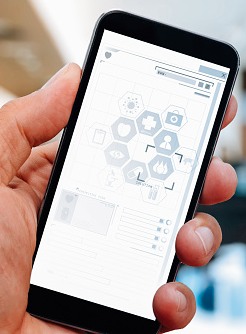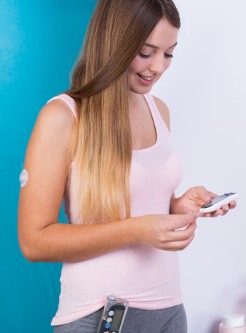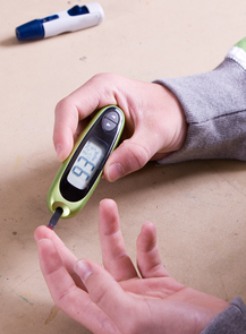Smartphone-Measured PPG Could Make Diabetes Testing Non-Invasive
By Brenda L. Mooney, /alert Contributor
October 8, 2020
Changes in blood volume can be detected with photoplethysmography (PPG), which works by shining light into tissue and quantifies the back-scattered light. The non-invasive optical technique is commonly used to measure heart rate and peripheral blood saturation.
Its widespread adoption was somewhat limited until recently when technological developments enabled PPG measurement from sensors on smart devices, such as smartphones and fitness trackers. 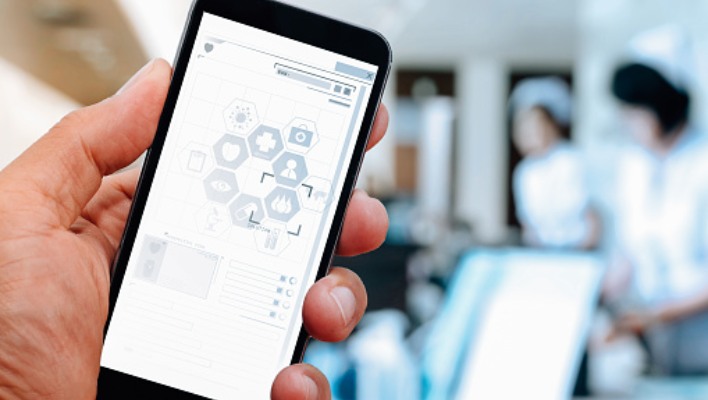
A research letter in Nature Medicine recently discussed how the rapid worldwide adoption of smart devices over the past decade opens up the possibility for development of non-invasive, widely scalable digital biomarkers for diseases such as diabetes.
“In this large-scale study and validation across three distinct cohorts, we show that smartphone-measured PPG, analyzed with deep learning, can serve as an independent, non-invasive digital biomarker of prevalent diabetes,” wrote University of California San Francisco researchers. “Importantly, the ability of this PPG biomarker to predict diabetes was independent of standard risk factors and comorbidities, and discrimination further improved when adding easily obtainable covariates such as age, gender, race/ethnicity and BMI.”
The vision was that PPG technology might someday offer a convenient, in-home alternative to blood draws and clinic-based screening tools.
“The ability to detect a condition like diabetes that has so many severe health consequences using a painless, smartphone-based test raises so many possibilities,” explained co-senior author Geoffrey H. Tison, MD, MPH, assistant professor in cardiology. “The vision would be for a tool like this to assist in identifying people at higher risk of having diabetes, ultimately helping to decrease the prevalence of undiagnosed diabetes.”
The authors point out that their validation of this digital biomarker in three cohorts demonstrated that the DNN generalizes to prospectively enrolled and real-world clinical populations.
“Diabetes has numerous characteristics that make it an ideal candidate for screening, such as a prolonged asymptomatic period and the availability of disease-modifying therapy,” the authors wrote. “However, since population-wide screening is not currently recommended, a widely accessible smart-device-based tool could be used to identify and encourage individuals at higher risk of having prevalent diabetes to seek medical care and obtain a low-cost confirmatory diagnostic test such as HbA1c. Leveraging smart devices to perform diabetes risk prediction without requiring clinic visits would substantially lower barriers to access given the widespread ownership of smartphones, facilitating measurement amongst many of the 224 million people living globally with undiagnosed diabetes.”
Researchers emphasized that the discriminative performance of their PPG biomarker is comparable to that of other commonly used tests such as mammography for breast cancer (AUC range 0.67–0.74)29 or cervical cytology for cervical cancer (AUC range 0.81–0.86)30.
In addition, they wrote, “It compares favorably to existing diabetes-specific risk scores that have AUCs between 0.74 and 0.85, some of which require serum glucose measurement and none of which is in common clinical use.”
“Diabetes can be asymptomatic for a long period of time, making it much harder to diagnose,” said lead author Robert Avram, MD, MSc, clinical instructor in cardiology. “To date, noninvasive and widely-scalable tools to detect diabetes have been lacking, motivating us to develop this algorithm.”
For the study, the study team obtained nearly 3 million PPG recordings from 53,870 patients in the Health eHeart Study who used the Azumio Instant Heart Rate app on the iPhone and reported having been diagnosed with diabetes by a healthcare provider. This data was used to both develop and validate a deep-learning algorithm to detect the presence of diabetes using smartphone-measured PPG signals.
The research letter noted that the algorithm correctly identified the presence of diabetes in up to 81% of patients in two separate datasets. When the algorithm was tested in an additional dataset of patients enrolled from in-person clinics, it correctly identified 82% of patients with diabetes.
At the same time, for patients that the algorithm predicted did not have diabetes, it was correct 92% to 97% of the time across the validation datasets. When combined with other easily obtainable patient information, such as age, gender, body mass index and race/ethnicity, predictive performance improved further, this PPG-derived prediction was even more accurate, researchers said.

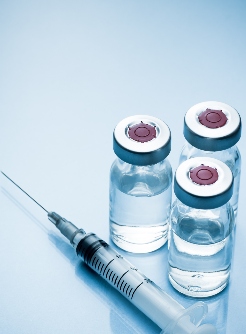
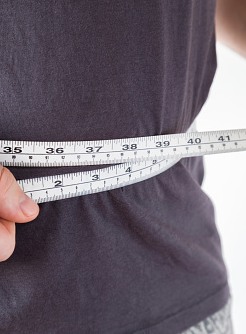
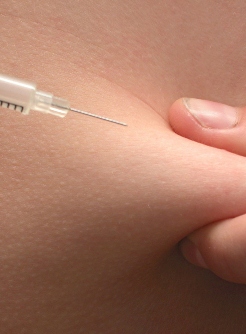

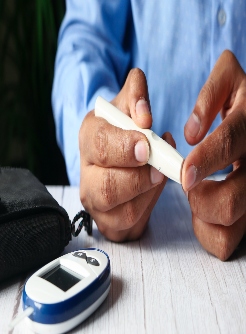
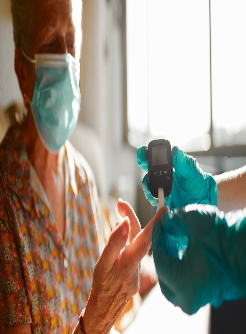
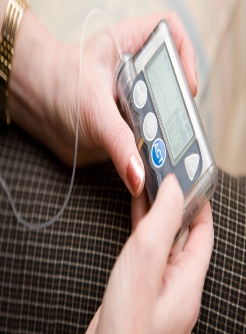
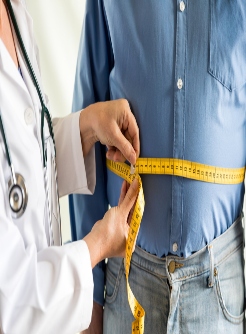
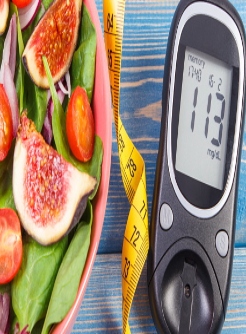
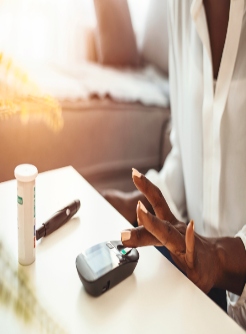
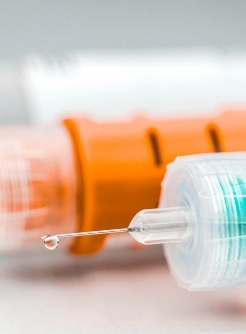
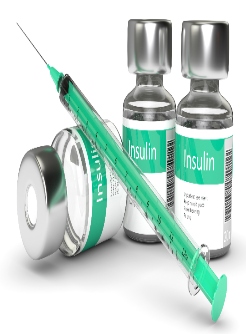

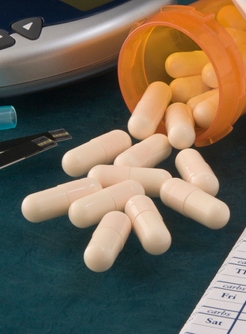
.jpg)

